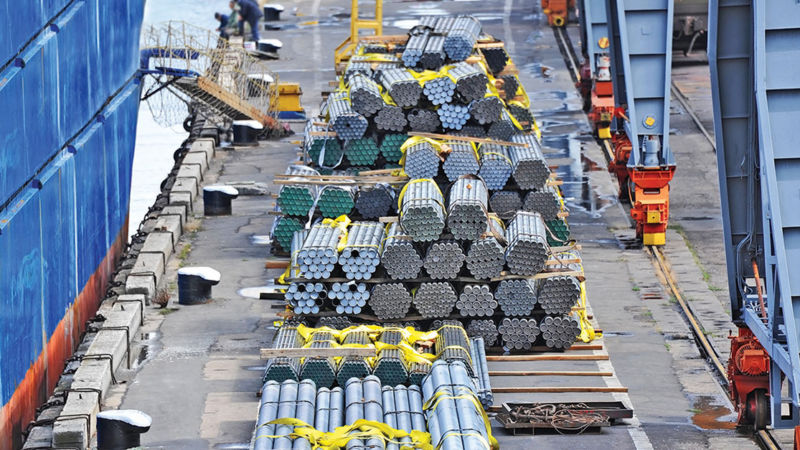As discussed in an earlier post (Shouldn’t Governments be Doing more to Fulfill the Promise of the TFA Article 1?), the Trade Facilitation Agreement mandates that each World Trade Organization member promptly publish tariff and regulatory trade information in an “easily accessible manner”.
This requirement is being tested to its limits with the recent spate of punitive import tariffs and retaliatory measures adopted by the United States and its trading partners.
In the U.S., President Trump was able to proclaim the imposition of punitive duties on imports of certain steel and aluminum products with the stroke of a pen. Implementing and disseminating the President’s proclamation has not been so simple.
The official Harmonized Tariff Schedule of the United States (HTSUS) is the primary reference for duty rates on imports into the country, and so is the obvious place to start. The HTSUS is comprised of 96 chapters covering every conceivable commodity – from live bacteria to parts of nuclear reactors.
Say you are considering importing threaded alloy steel oil well drill casings from Canada. The first step in determining the landed cost of the drill casings is to find its correct HTSUS commodity code. Suppose your drill casings are classifiable under HTSUS tariff number 7304.29.31, you might think from reading the tariff schedule that the general rate of duty (which applies to imports from all countries, except North Korea and Cuba) is “Free”… but you would be wrong.

To find out what duties will actually be applied when your Canadian drill casings arrive at the U.S. border, you’ll have to scour through the HTSUS Chapter 99 – one of two chapters that do not adhere to the logic and structure of the Harmonized System. Chapters 98 and 99 are used by each nation according to their own particular needs, and no two countries use these chapters in the same way. In the HTSUS, Chapter 99 provides for “Temporary legislation; temporary modifications proclaimed pursuant to trade agreements legislation; additional import restrictions proclaimed pursuant to section 22 of the Agricultural Adjustment Act, as amended”.
Details (including the applicable rates of duty) of the President’s proclamation as it concerns steel and articles of steel are buried within Chapter 99’s 284 pages, under Sub-Chapter III, Note 16, which stipulates in part:
“Heading 9903.80.01 provides the ordinary customs duty treatment of iron or steel products of all countries other than products of the United States and other than of countries expressly exempt therefrom, pursuant to the article description of such heading and the terms of subdivision (e) of this note. For any such products that are eligible for special tariff treatment under any of the free trade agreements or preference programs listed in general note 3(c)(i) to the tariff schedule, the duty provided in this heading shall be collected in addition to any special rate of duty otherwise applicable under the appropriate tariff subheading, except where prohibited by law. Goods for which entry is claimed under a provision of chapter 98 and which are subject to the additional duties prescribed herein…”
The full text of HTSUS Chapter 99, Sub-Chapter III, Note 16, heading 9903.80 and it’s 50-plus associated subheadings are expressed in sufficiently complex legal jargon that they cannot be quickly or easily absorbed.
The situation is not much different for many of America’s largest trading partners. Canada, China, Mexico, Turkey and the European Union have all imposed retaliatory duties on imports of U.S. goods, and each have implemented and disseminated their details in their own peculiar way.
Hopefully, the recent spate of punitive and retaliatory tariff measures will not last long, and the task of tracking and assimilating global tariff information will become predictable and manageable again soon. But if trade tensions between countries increase, and governments continue to implement measures in ways that are not easily accessed or understood by the average trader, then Article 1 will surely become a casualty of the current trade war.







